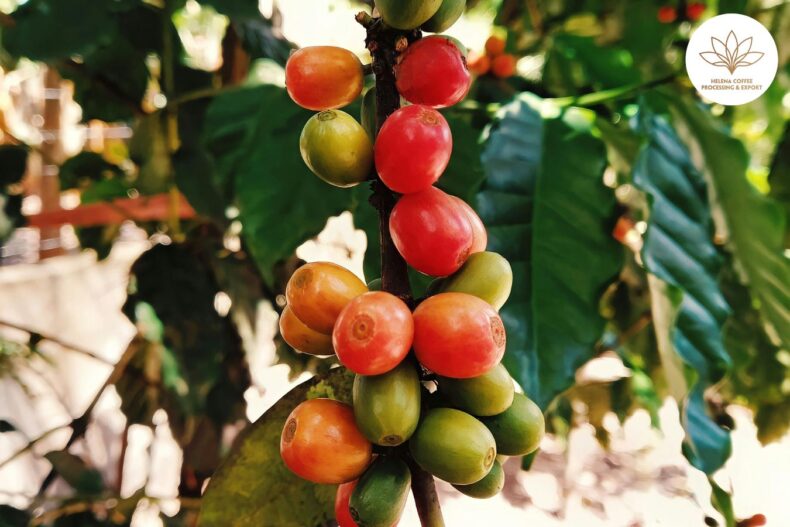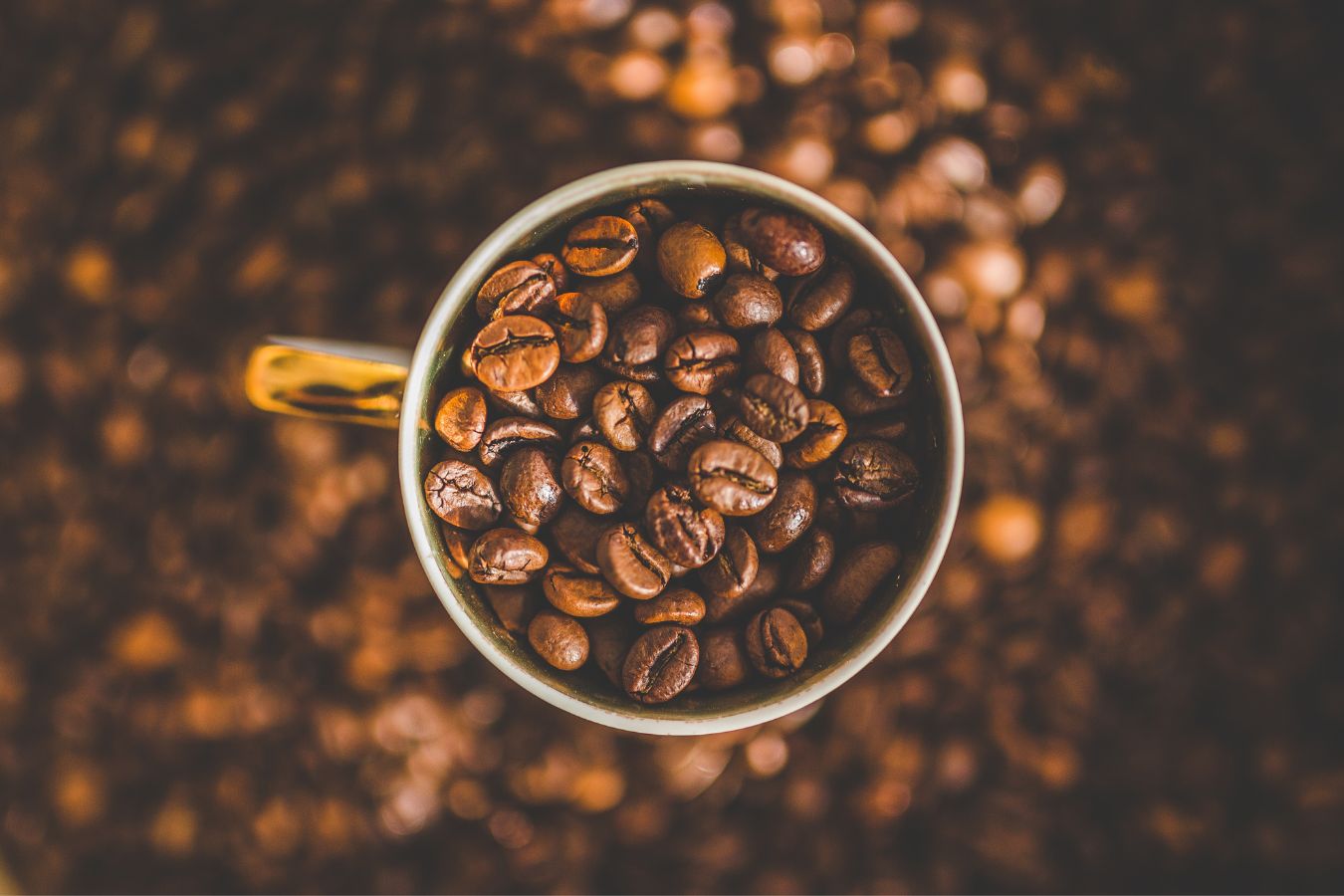
Tips: Several types of roasted coffee beans have distinct characteristics
Robusta coffee is a type of coffee bean
Robusta is a solid and bitter coffee high in caffeine but not fragrant. Only the smells of wood (woody) and earth (earthy) remain (earthy). People who have never had coffee or are just used to low-caffeine coffee.
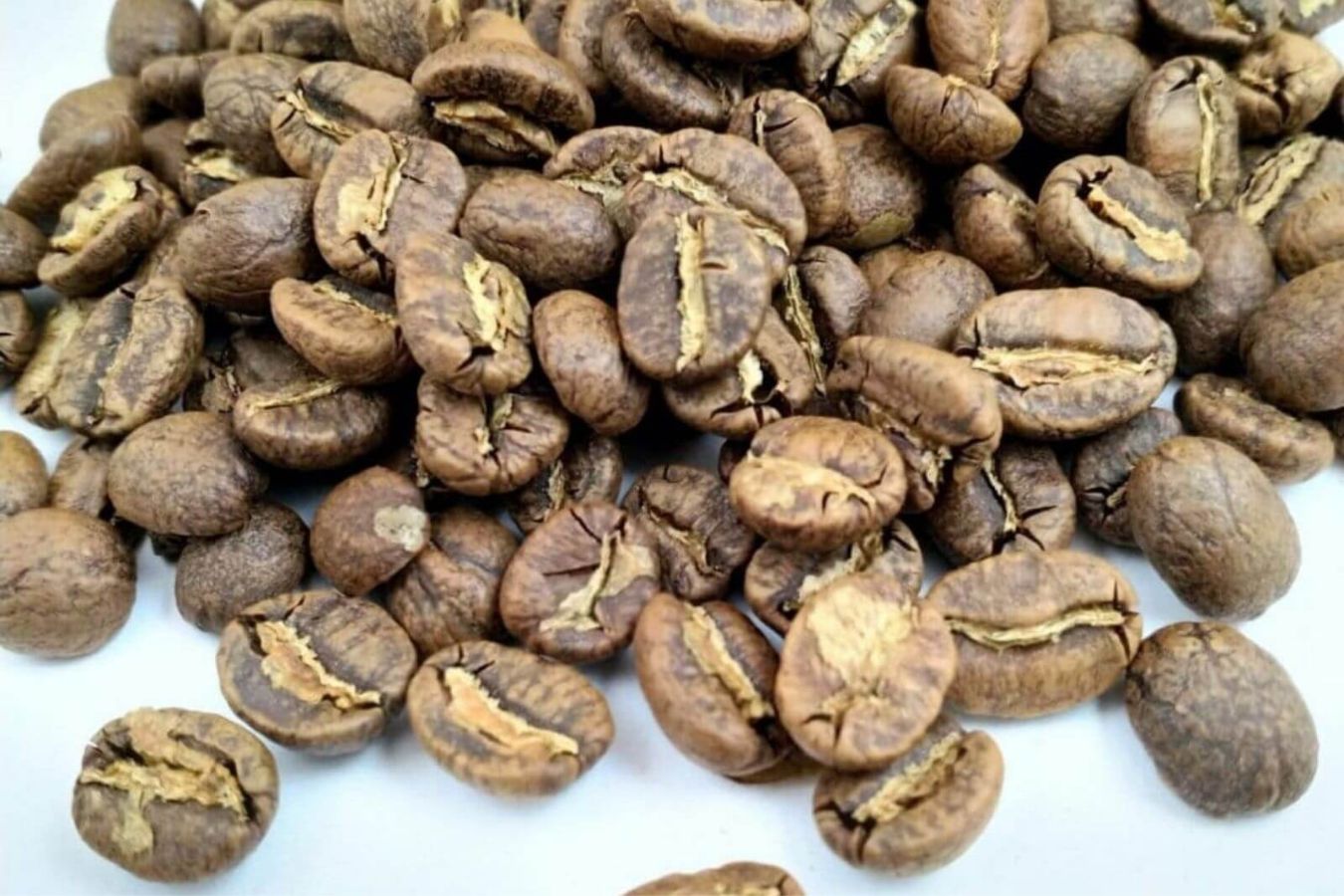
I went to a coffee shop by accident and ordered a cup of robusta coffee with far too much caffeine. Possible side effects are coffee intoxication, heart palpitations, lightheadedness, agitation, excitation, and headache.
On the other hand, most robusta coffee beans are roasted very darkly to produce a bitter flavor and attractive color. However, harmful ingredients will arise if the roasting is done too darkly.
Arabica coffee beans are a type of coffee bean
Arabica is frequently roasted at a lower temperature to maximize the aroma and inherent rustic sour flavor. As a result, Arabica coffee beans are light brown in hue.
The amber’s subtle bitterness and clarity balance the acidic taste. Arabica has a delicate and ethereal aroma. Arabica has diverse fragrances depending on the soil and temperature, production style, and processing technology.
The more advanced you get with arabica coffee, the more you’ll notice the high acidity, the mild perfume of natural fruits, or the aroma of caramel, chestnut… You will not feel the scorching feeling, especially after drinking. Robusta coffee beans, for example.
Choosing roasted best coffee beans based on your preferences
When it comes to choosing a coffee bean, the taste is crucial. Suppose you prefer a smooth and robust coffee flavor.
Then go for green coffee beans with a glossy dark appearance that has been roasted for a more extended period if you want your coffee to be a little more bitter. Then go for coffee that has been roasted for a shorter time and has light-colored beans.
A great selection of whole-roasted coffee beans
Choosing the appropriate coffee beans is the first step in making great coffee powder. In the restaurant or café business, ingredients are crucial. If you buy low-quality coffee beans, your business will quickly go out of business. Coffee is available at the following locations:
- Coffee shops/companies that sell clean, high-quality coffee
- A cup of coffee from a well-known gardener or a coffee firm
Poor-quality coffee is all too common in today’s coffee market. As a result, consider your materials carefully to have a proper way to grind coffee beans!
Coffee is available in a wide range of beans and flavors. Some are more bitter, while others are aromatic and have a fatty scent. You can also combine and roast coffees before brewing.
Always check the date on roasted coffee beans to see if they’re still good.
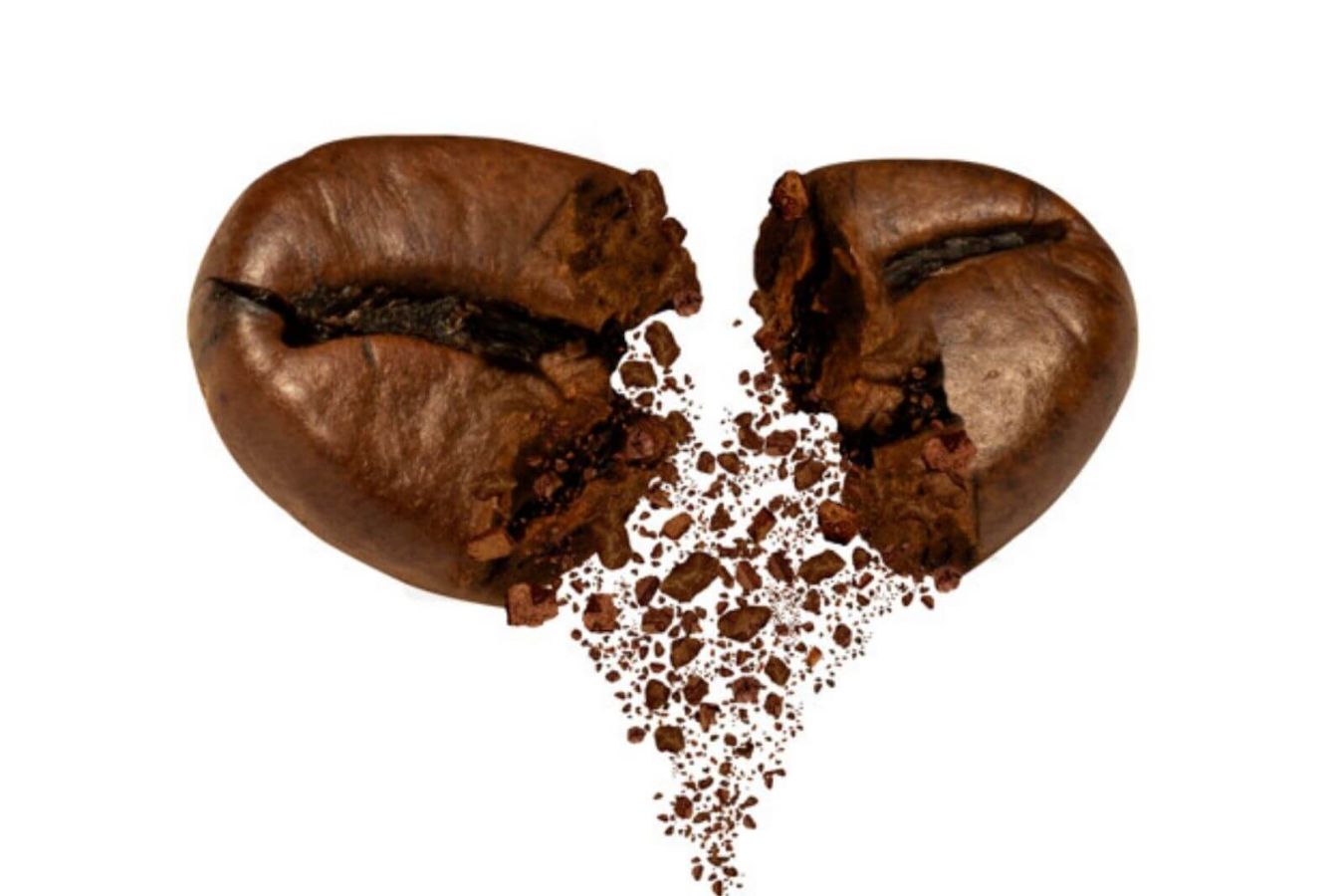
The date the coffee was roasted in the second item you should look at. Purchase new things regularly because it will assist you in obtaining the ideal cup of coffee. Also, stay away from old, moldy coffee beans. It is unpleasant to experience, but it is also damaging to one’s health.
You should avoid buying coffee that has already been ground. Because it has been generally reported that coffee beans in this category that have not been subjected to any particular processing are freely available on the market, regardless of provenance…
Choose based on the quantity of caffeine in your coffee
You can tell how much caffeine is in coffee by looking at the color of the roasted beans:
- A coffee bean with a deeper hue has less caffeine.
- Caffeine content is higher in lighter-colored seeds.
- Moderately caffeinated espresso beans are somewhat roasted.
When buying “100% coffee” coffee, be cautious. Another thing to keep an eye out for when purchasing coffee beans is this. Many companies now carry the “100% coffee” claim.
Whether you’re buying Arabica or Robusta coffee, remember that none of those items are 100 percent effective. Coffee is roasted in a variety of methods depending on the brand.
The answer to the current problem of phony coffee
Currently, there are many low-quality coffee items and labels on the market. The quality of coffee is not assured when blended with contaminants, soybeans, and other ingredients. So, how do you keep track of the quality of your coffee beans?
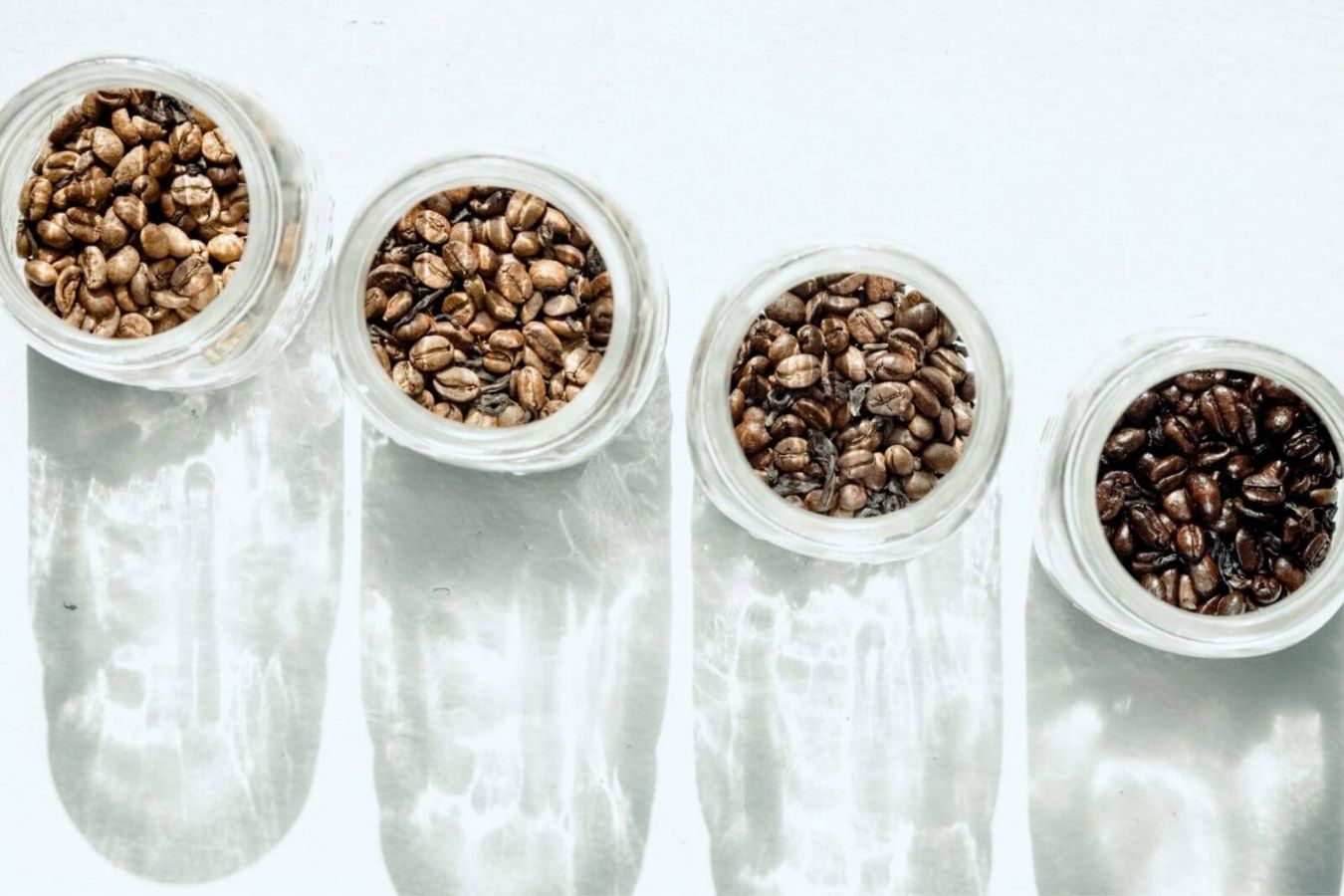
To lower the status of low-quality coffee, technology is becoming more advanced. In addition, you’ll be helping to improve the quality of roasted coffee beans. The needs of today’s industry and cafe owners appeared to be met by industrial coffee roasters.
You won’t need to rely on an outside supplier of coffee if you have a proper coffee roaster. It can help you save time and money. It aids users explicitly in customizing the flavor of the roast to their preferences.
Gourmet coffee beans
Gourmet coffee is typically made from 100 percent Arabica beans, which imparts a full-body, fine aroma, and rich flavor to the brewed coffee. Robusta beans are used in regular coffee because they grow faster and are easier to produce.
Unlike Arabica beans, which require a cool subtropical climate and a high altitude to grow, Robusta beans can grow at lower elevations and produce larger crops for growers.
Unfortunately, they have a bitterer taste and a more inconsistent quality than Arabica beans. Some businesses will use a combination of both types of coffee beans, but for a truly gourmet coffee experience, only 100 percent Arabica beans will suffice.


